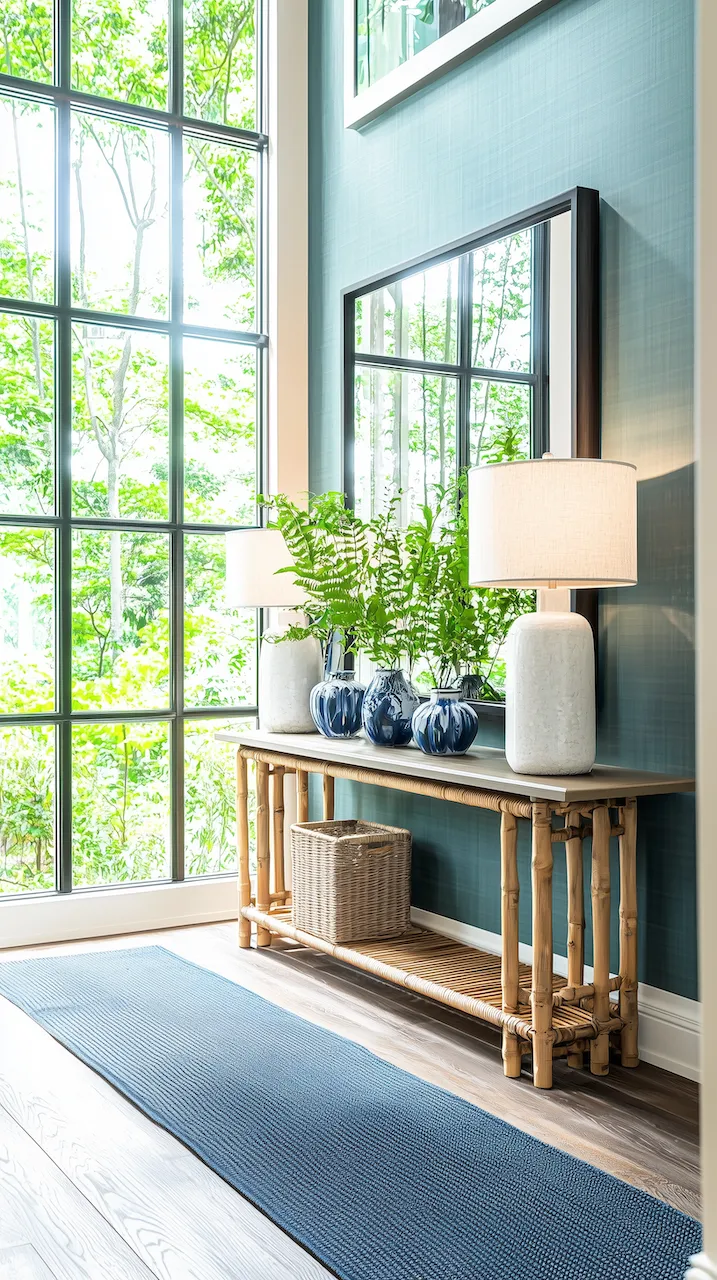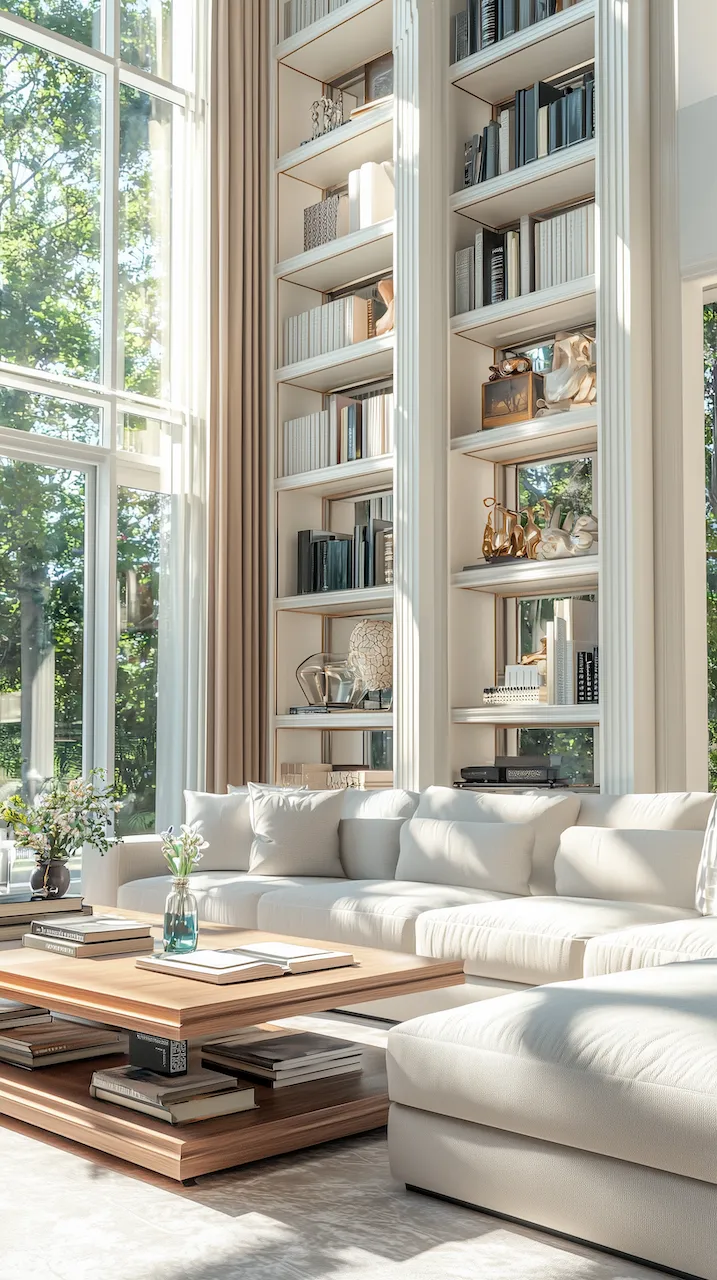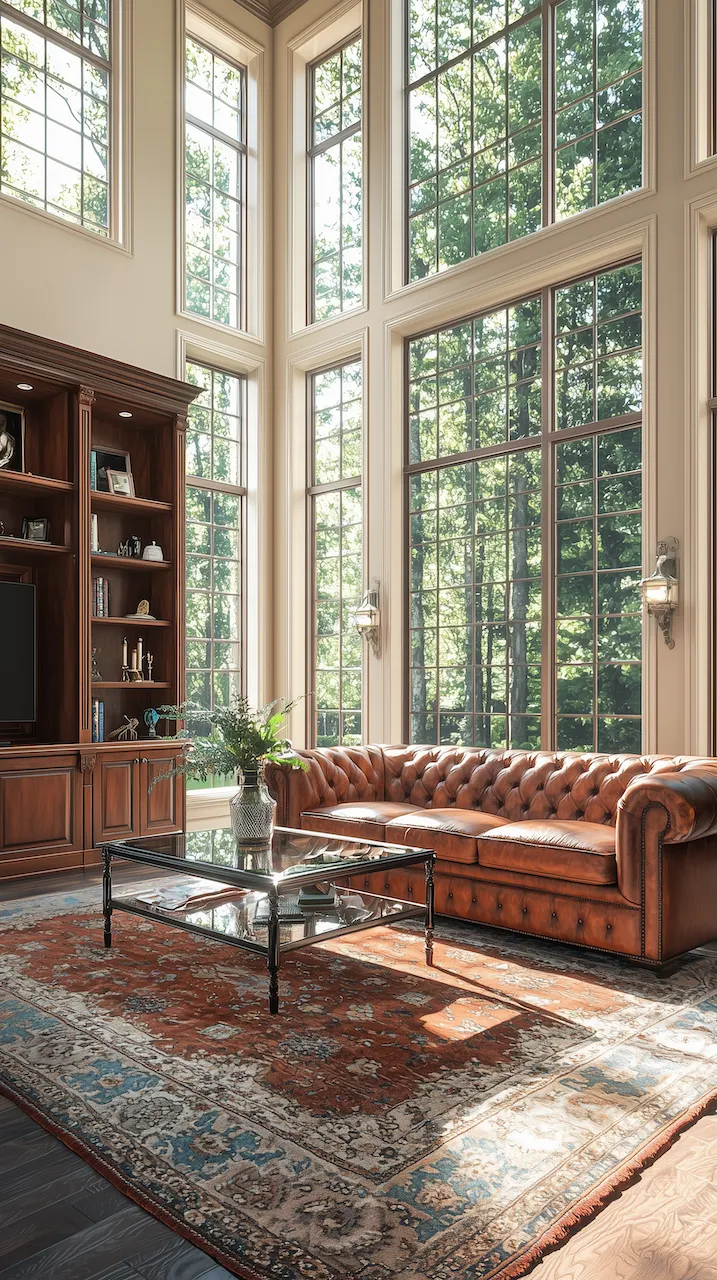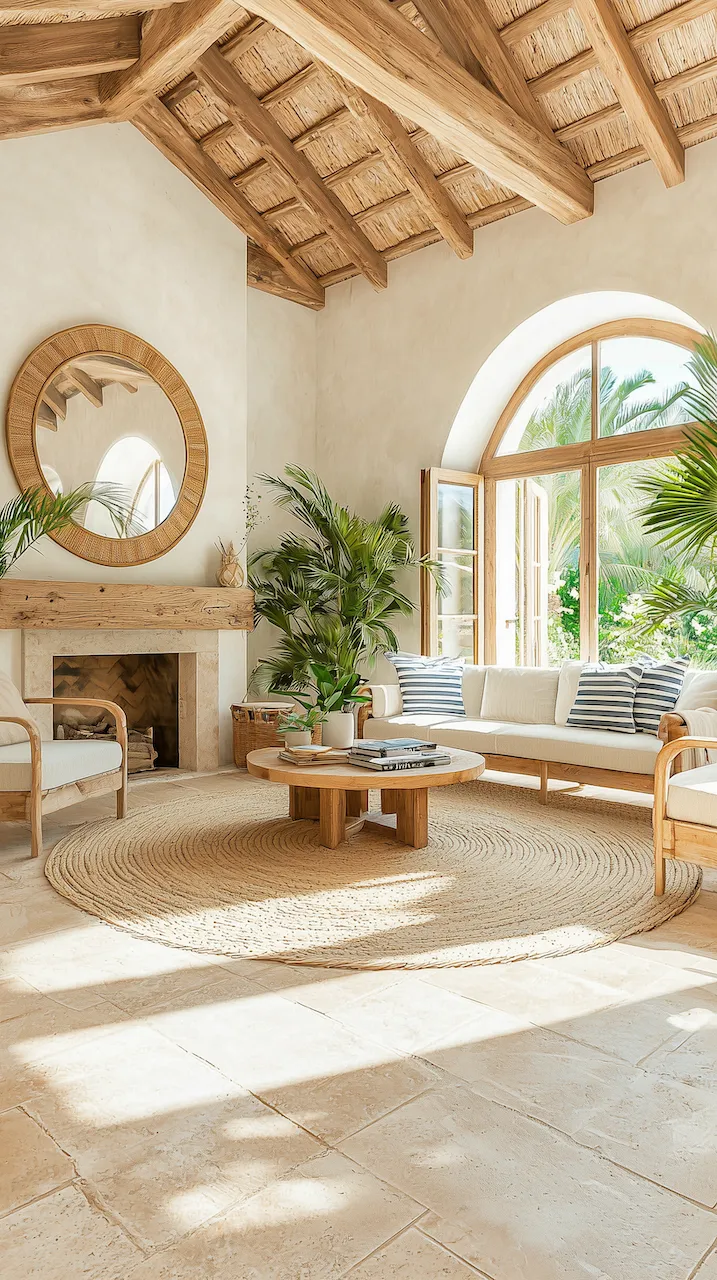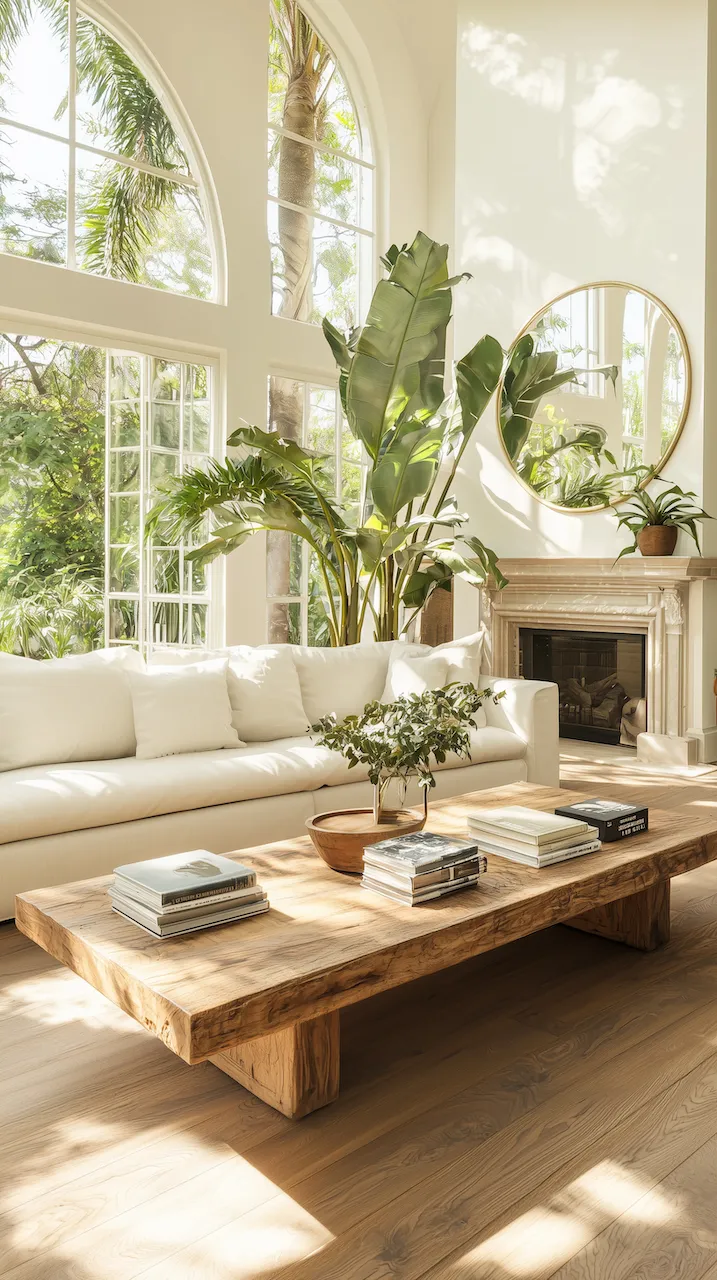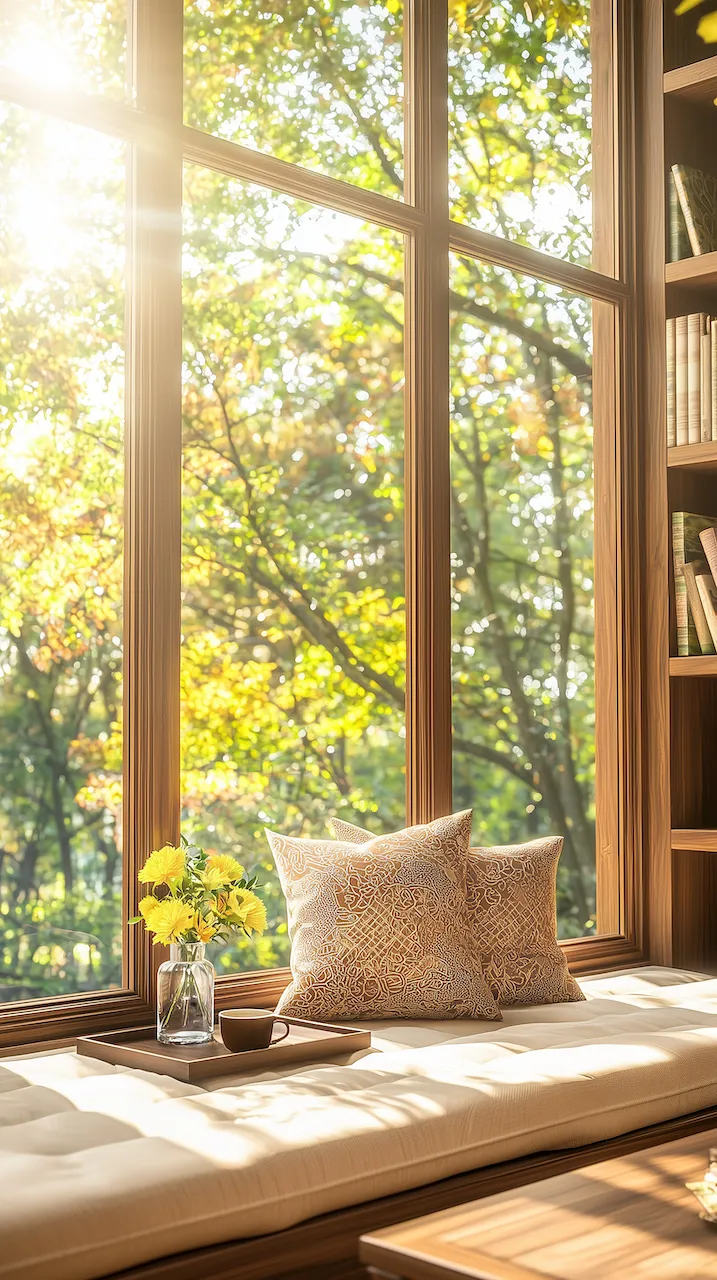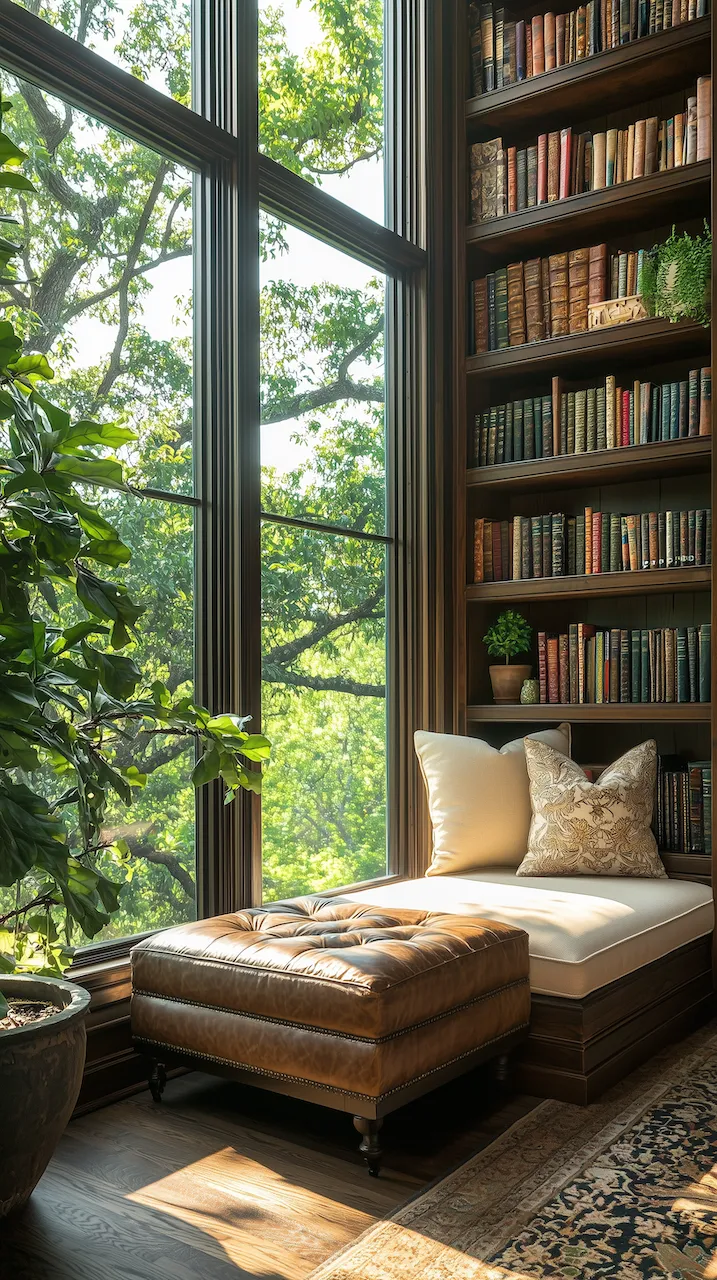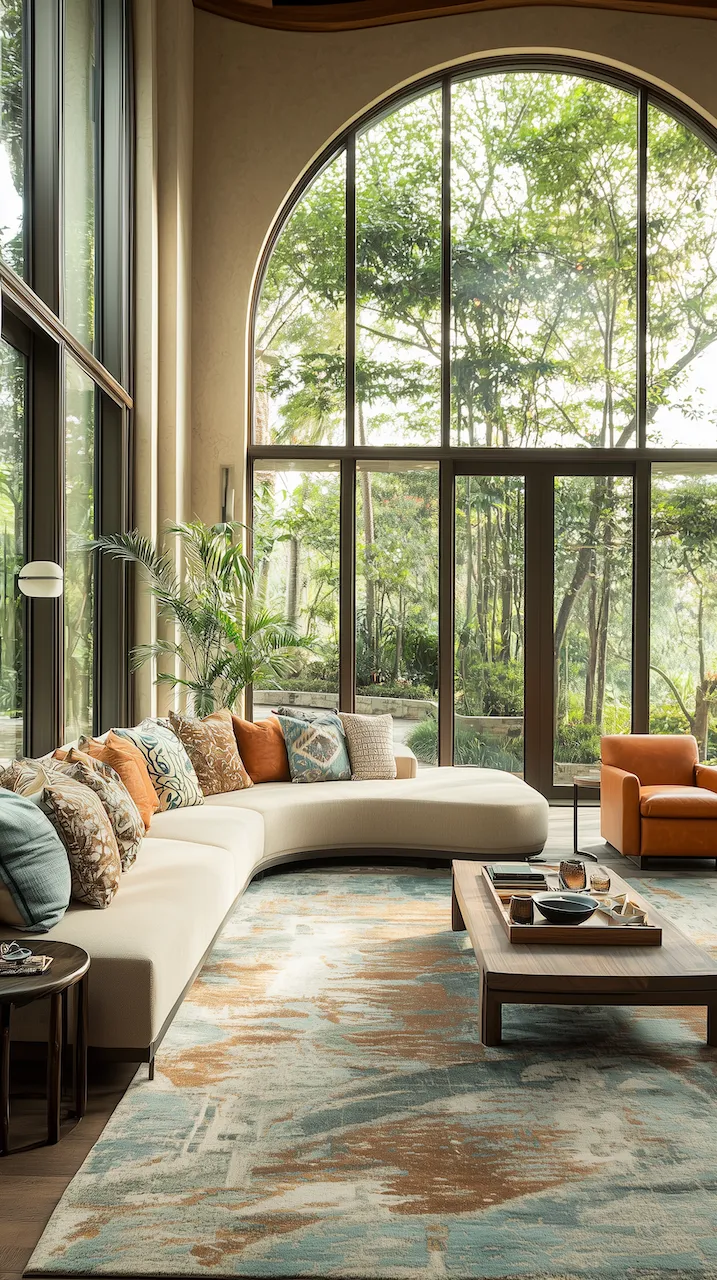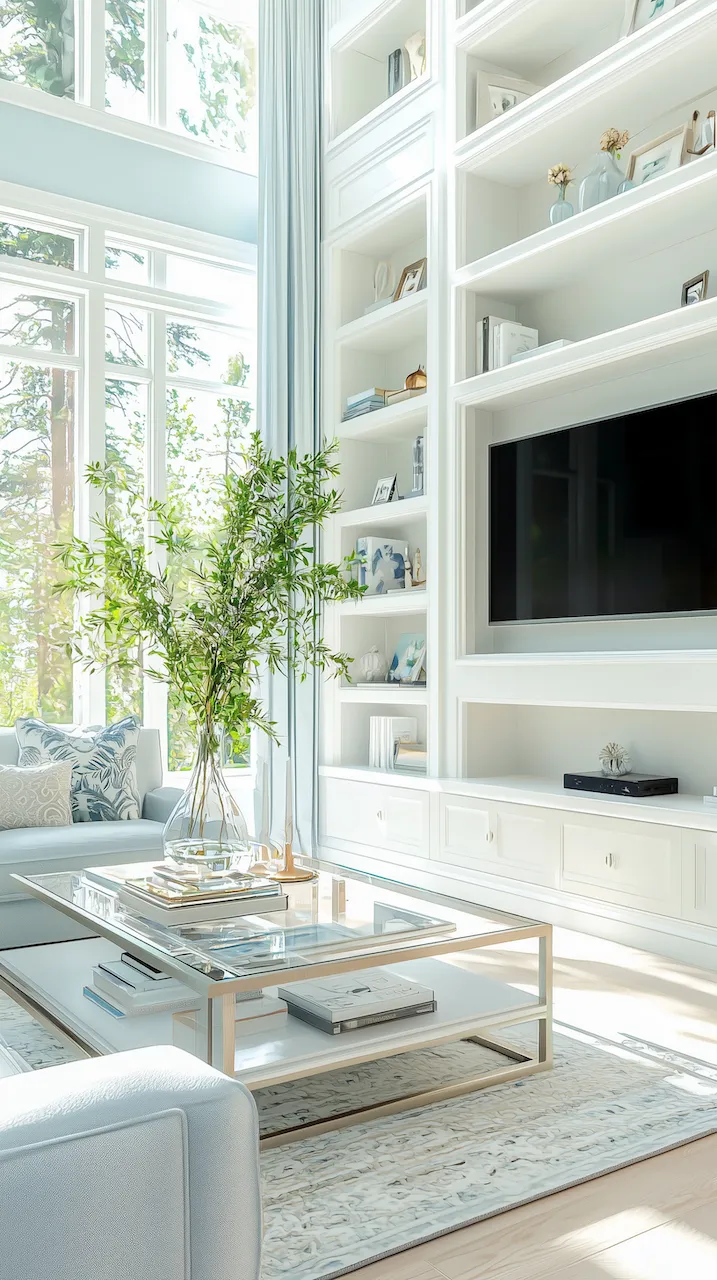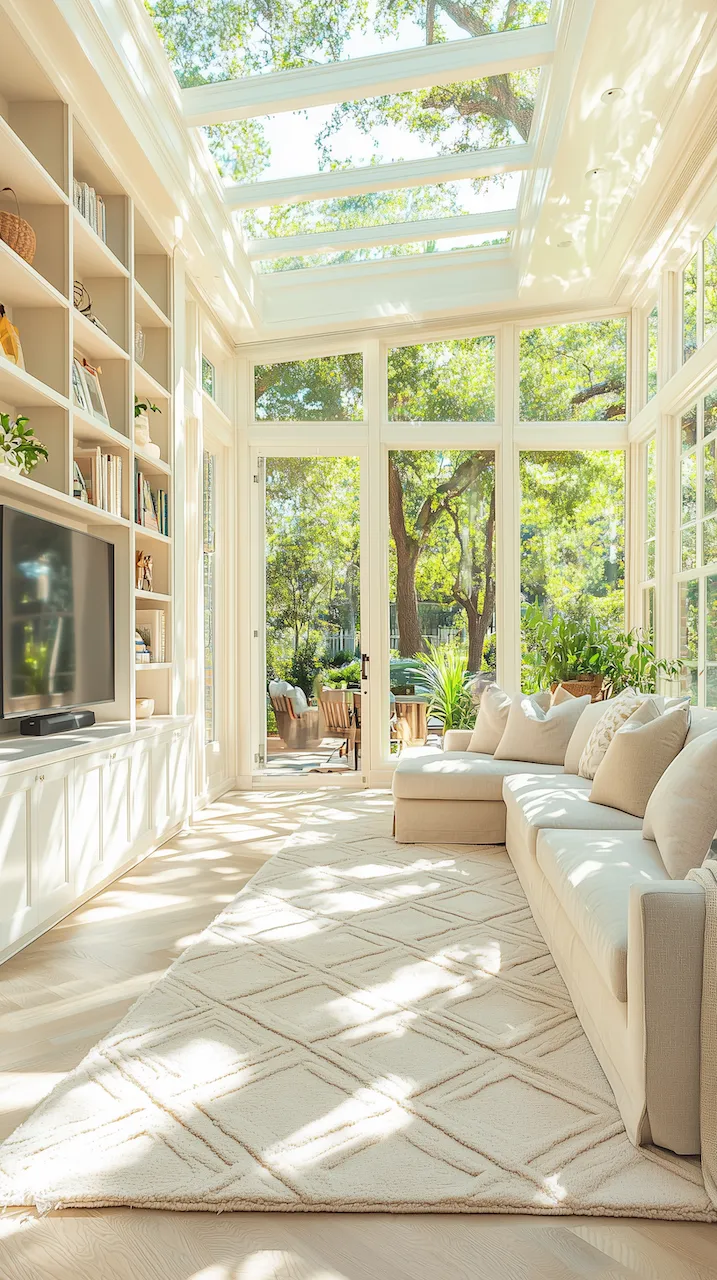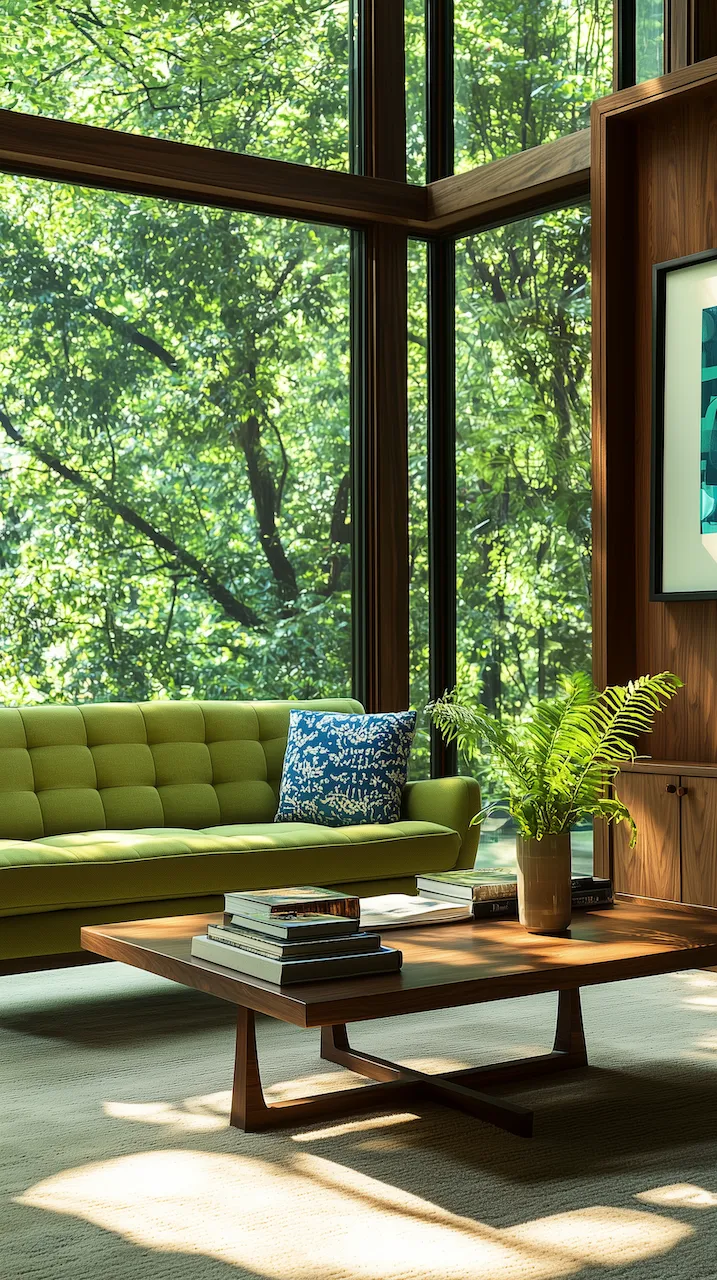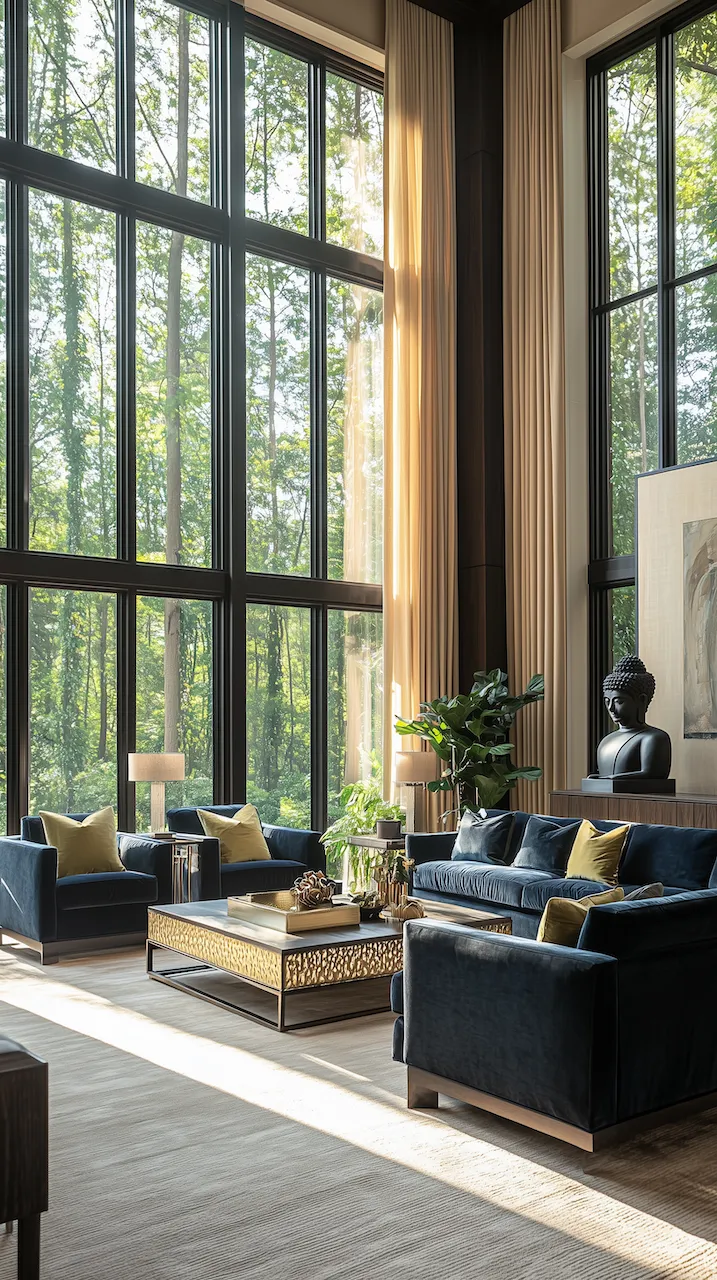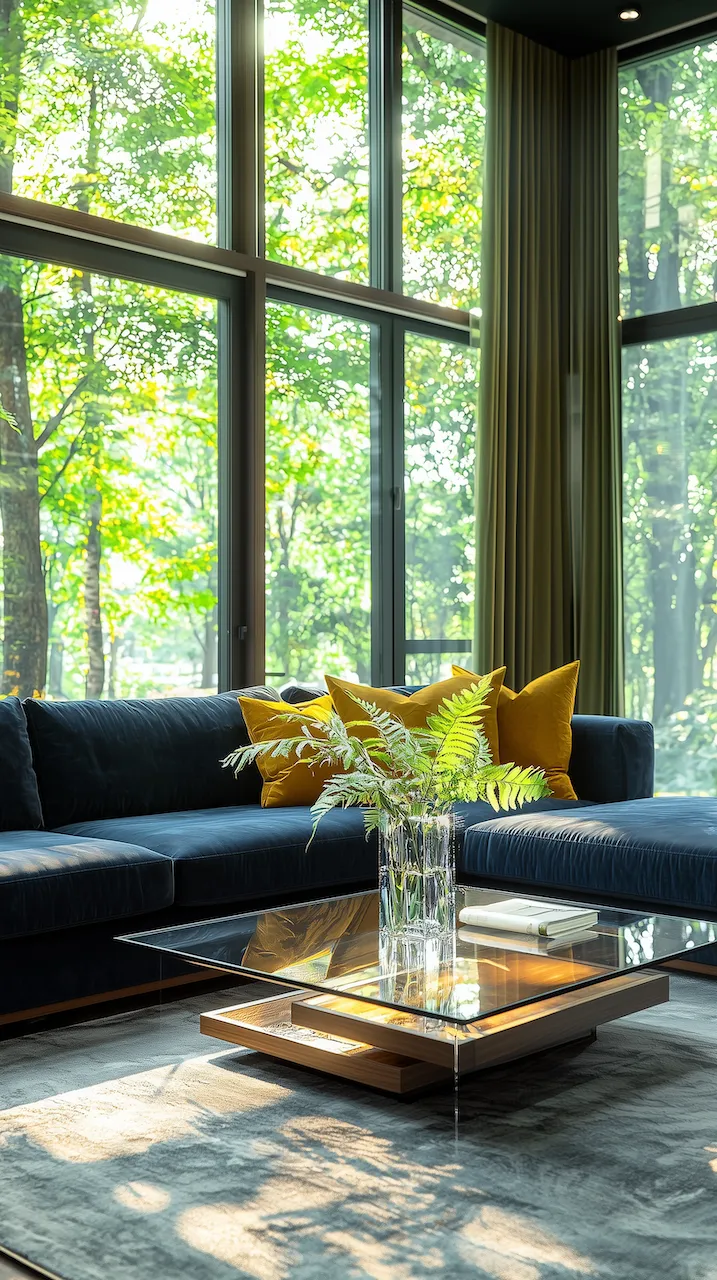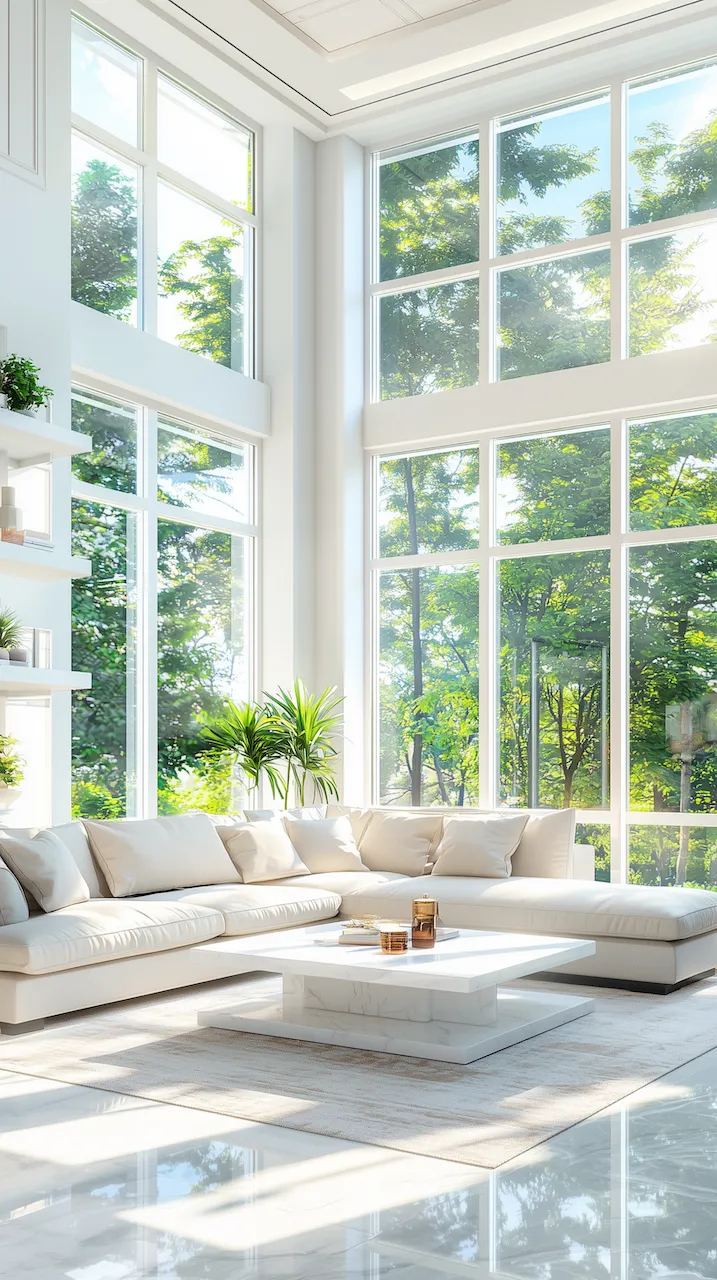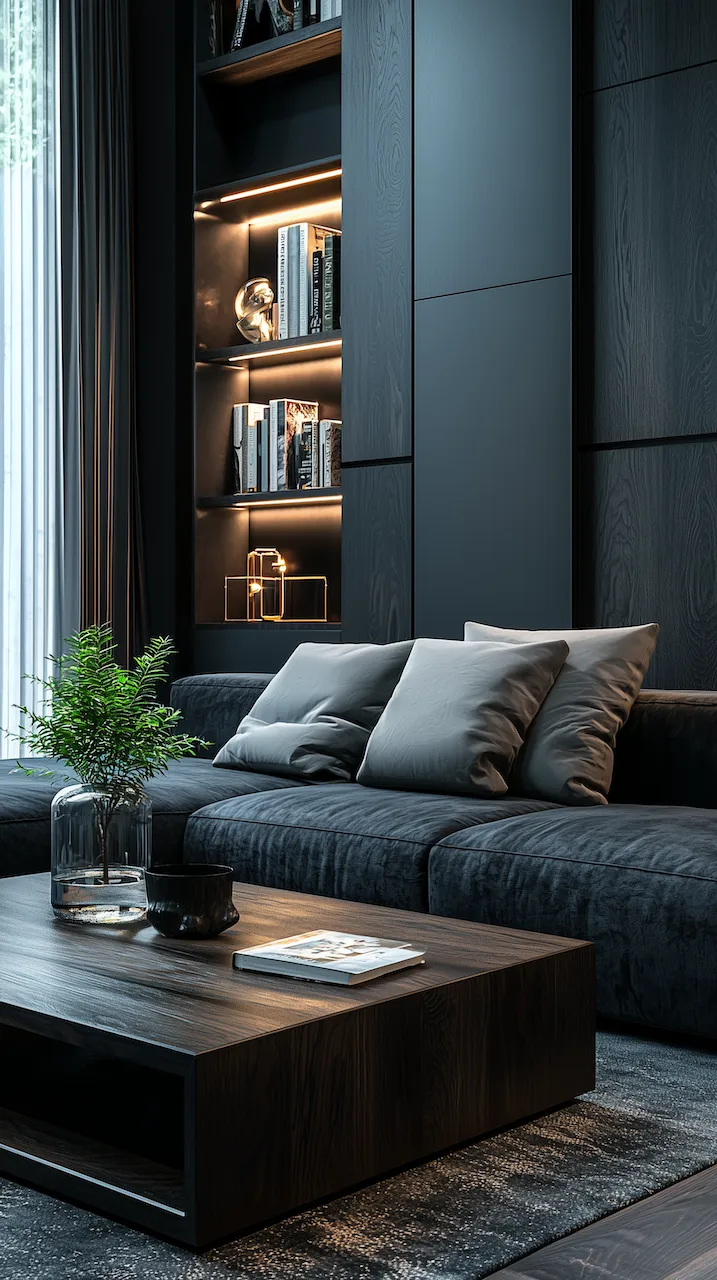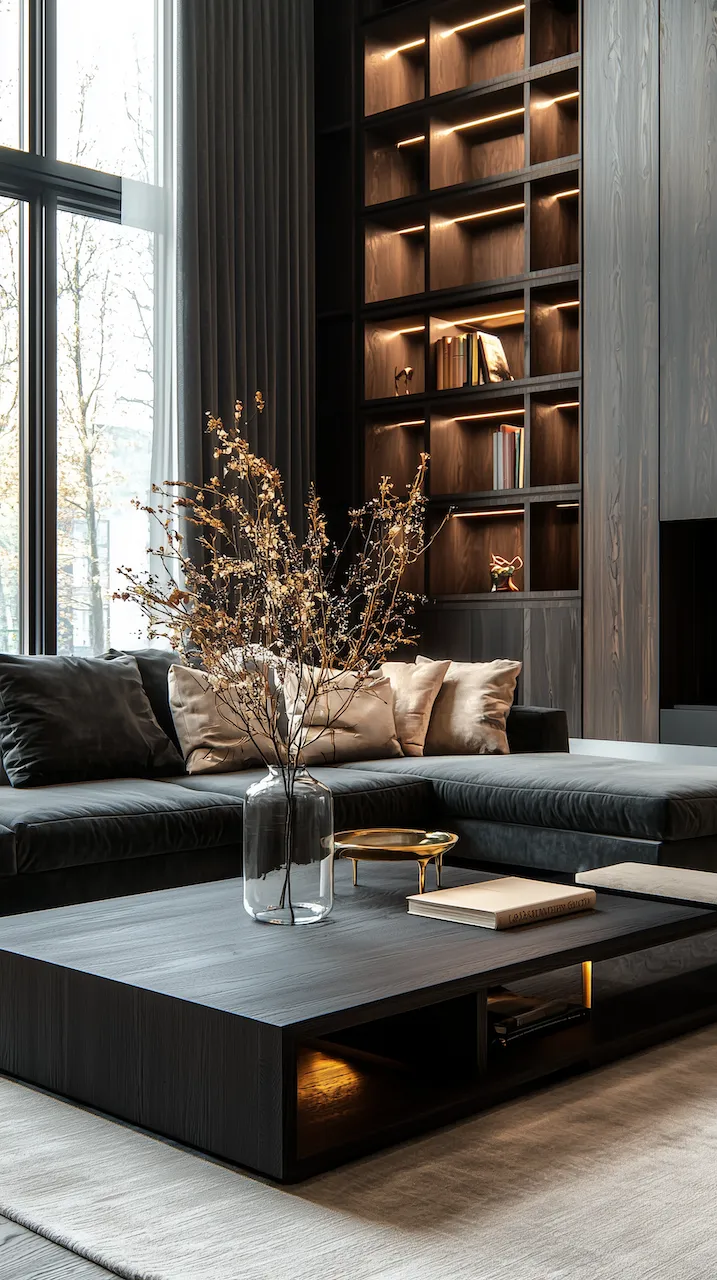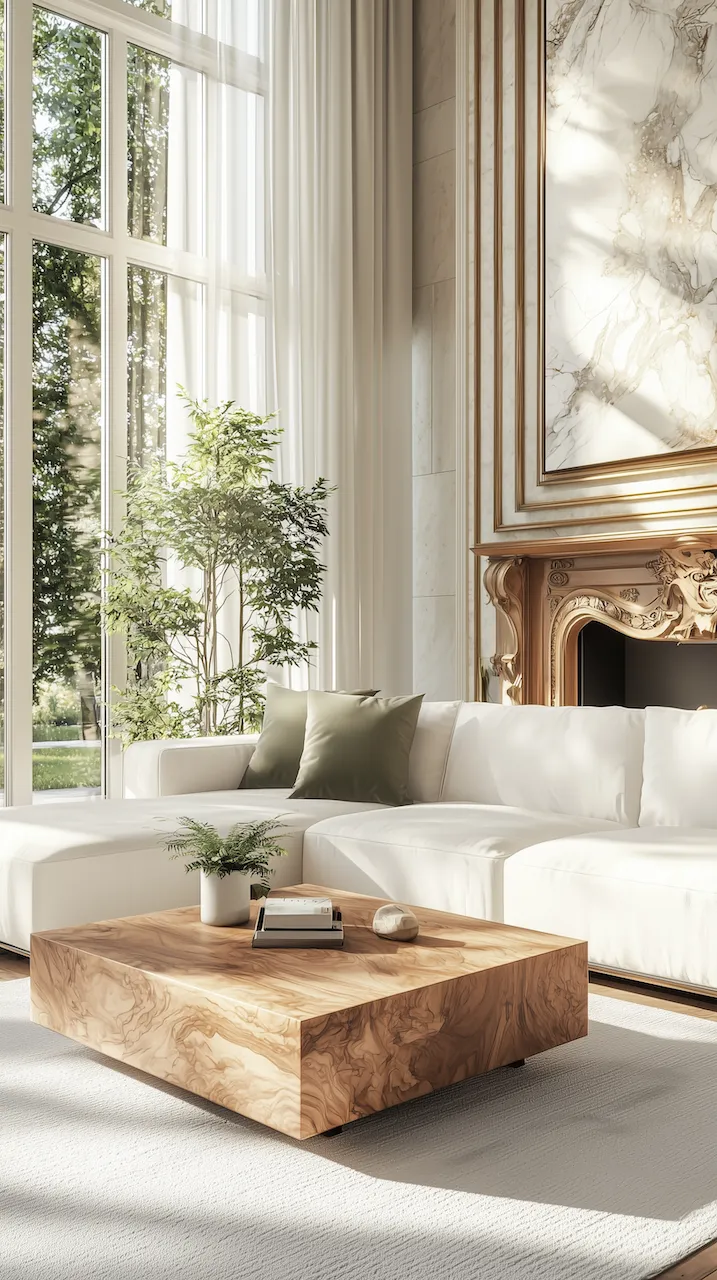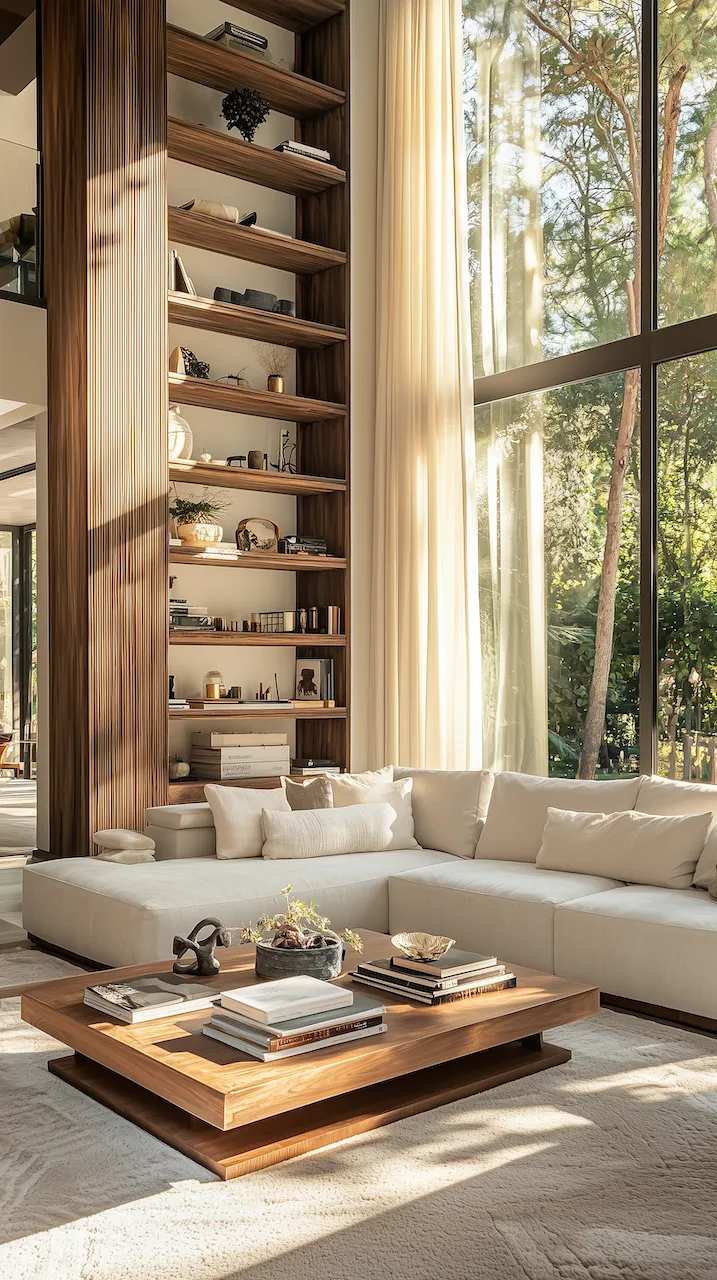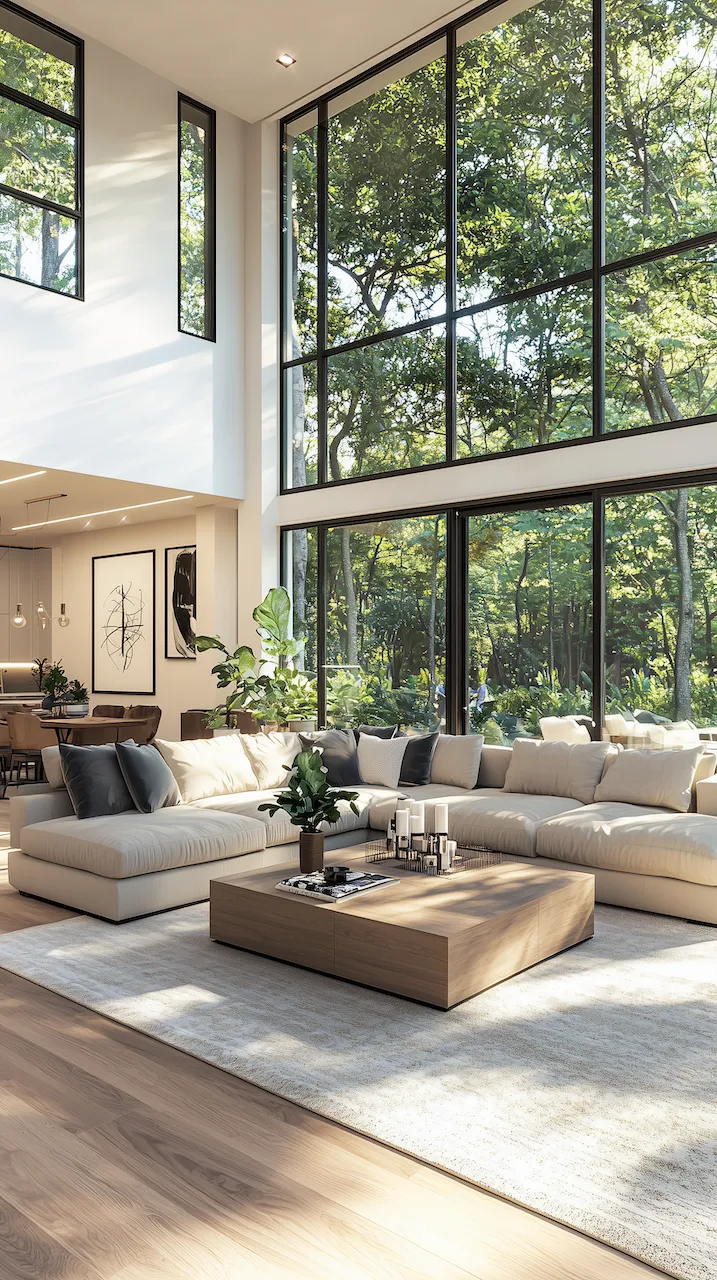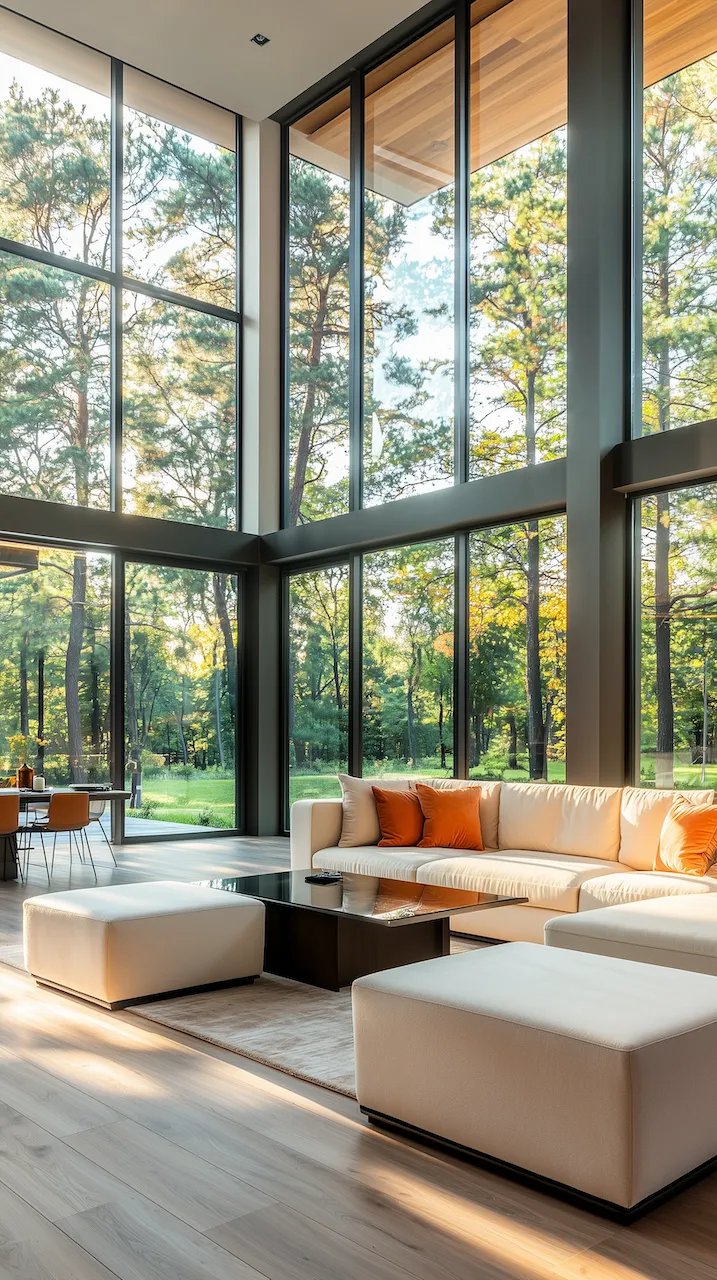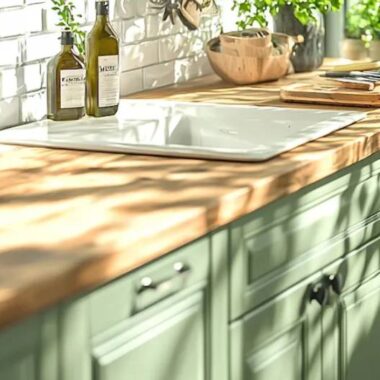A Taste for Space: Where Design Meets Flavor
There’s something alchemical that happens when you walk into a well-designed space. Like the aroma of garlic sizzling in olive oil, it pulls you in before you even know what’s happening. The right layout, color, texture — it doesn’t just decorate a room. It flavors it. And nowhere is this more important, or more deliciously tricky, than in the rectangular living room — a shape as common in apartments and studios as a cast iron pan in the kitchen, and just as full of potential.
Design, like cooking, is an act of intuitive layering. You begin with instinct — a craving for comfort, for calm, for creative zest — and then you gather your ingredients. What feels like you? What sets the mood? What balances the salt and the sweet, the open and the cozy? This is where our recipe begins. You don’t need an architect’s blueprints or a Michelin star. You need curiosity. A pinch of play. And the courage to mix.
Prep Your Palette: Mood, Color, and Emotional Flavor
You start, always, by prepping your palette. Not just in color, but in feeling. What emotional flavor do you want the room to carry? Soft and creamy, like whipped ricotta with honey? Or tangy and energetic, like a citrus glaze with cracked pepper? The walls are your canvas — they absorb and reflect. Soft neutral tones — think steamed rice, cashew cream, warm oat milk — will open a narrow space and catch the light like frothy milk on a cortado. Layer these with colors that hum just below the surface. Burnt saffron, tamarind, toasted clove. These spice tones don’t shout, they simmer. A paprika-toned throw, a cardamom green chair, a turmeric-stitched pillow — these are your base notes. They evoke warmth, hunger, memory.
Layering Flavors: Texture as Ingredient
Now the real layering begins. Not with color, but with feel. A room that sings — that truly satisfies — needs texture like a dish needs contrast. What’s soft, what’s firm, what’s crisp or slick or absorbent? Sink your feet into a nubby, salt-and-pepper wool rug. Let your fingers trail across the marbled chill of a side table or the waxy smoothness of a glazed ceramic vase. Velvet cushions are like aged balsamic — decadent and dark, with a depth that grows richer under low light. Natural wood — especially when rough-grained or oil-finished — evokes the same slow-roasted soulfulness as a wood-fired oven. And metals, those sharp, cool glints of steel or brushed brass, are like the perfect paring knife: they cut through softness, give structure, clarity.
And just as no dish is complete without that final flair — a twist of lemon, a grating of nutmeg, a single mint leaf — your living room needs garnish. Something unexpected. A jolt of personality. This could be a lamp that arches like a ladle. A coffee table that looks like it was once a butcher’s block, now refined and burnished. A gallery wall of framed recipe cards from your grandmother’s kitchen, or a single, oversized print of a dripping fig — lush, moody, edible in tone. In a narrow space, every detail has weight. Statement pieces shouldn’t be loud — they should be flavorful. Bold, but in balance.
The Plating Stage: Layout as Composition
And now comes the moment of plating. The layout. In a rectangular room, this is where artistry meets geometry. How you place your pieces determines the flavor profile of the room — airy and bright? Rich and grounded? You want to create rhythm and pause. Don’t just push furniture against the walls like unseasoned sides. Float your sofa like a main course — centered, confident. Use rugs to define zones — one for lounging, one for nibbling, one for stretching out after a long day. Ottomans and poufs can orbit like tapas plates — movable, shareable, ready to be rearranged.
Lighting is your finishing drizzle. It brings every other flavor forward. Think in layers: overhead pendants for general warmth (like a golden oven light), wall sconces for drama (like the shine on a soufflé), and table lamps for intimacy (like a pool of candlelight over dessert). If you can, mix in under-shelf LEDs or dimmable bulbs — these subtle shifts are like tasting as you go, adjusting the seasoning until every corner feels just right.
Kitchen Crossover: Bringing Culinary Details into the Living Space
In small spaces, especially studio apartments or compact rentals, think like a clever chef in a tiny kitchen. Every element must do double duty. A slim console table becomes both prep counter and plating station. A bar cart holds bottles by night, succulents by day. A folding dining table can tuck away when the party’s over. Shelving that nods to kitchen racks — open, accessible, modular — can carry books, spices, photos, and plants with equal grace. Even textiles matter: a linen curtain flutters like steam from a simmering pot, blurring edges and softening light.
Look to the kitchen not just for form, but for feel. Use tiled walls in your living room to mimic a rustic café or bistro. Incorporate brass faucet finishes in side table legs or lamp hardware. Choose spice-rack colors — cumin, chili, nutmeg, bay — for textiles and decor. It’s about continuity. About tasting the same warmth and creativity in every room of your home.
Final Bite: Serve Style Like a Dish
And like all great meals, great rooms invite you in and ask you to stay. They don’t just impress — they nourish. So blend your influences. Pair your Mid-Century couch with a tile-clad niche that reminds you of café kitchens in Lisbon. Add a barstool near the window with a cutting board tucked underneath — perfect for slicing oranges while watching the street below. Make your living space smell like stories: citrus, coffee, sandalwood, toasted almond.
In the end, remember this: design, like cooking, is meant to be tasted, tested, and shared. You don’t need to follow every rule — just taste as you go. Add something daring, remove something dull, stir until the mood feels just right. Your rectangular living room isn’t a limitation — it’s a long, delicious canvas. A baguette ready for toppings. A sheet of pasta ready to be filled and rolled. A blank plate, asking for flavor.
So roll up your sleeves. Get your hands into it. And season with style. Generously.
